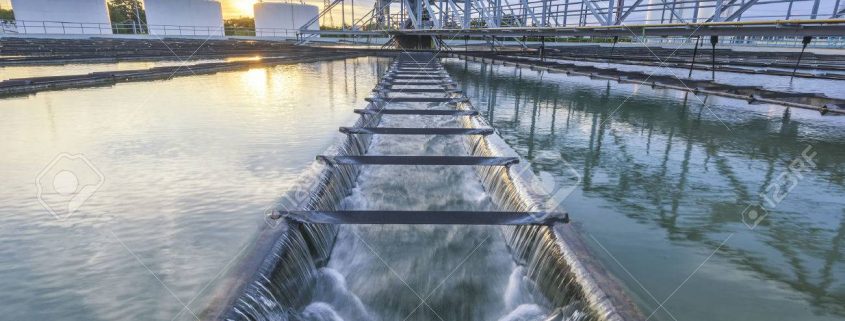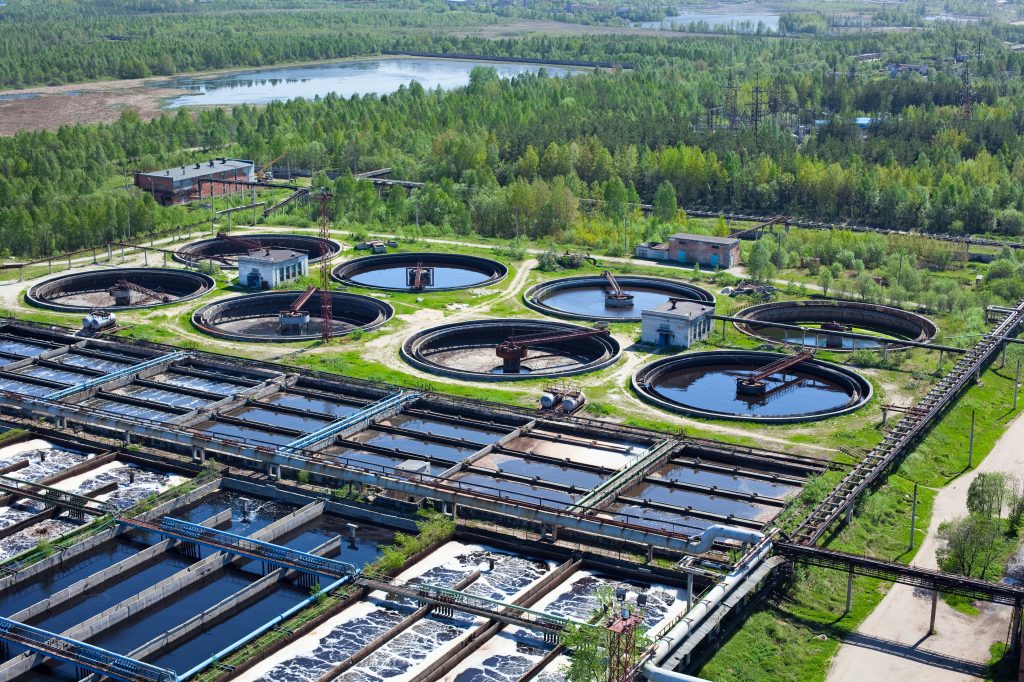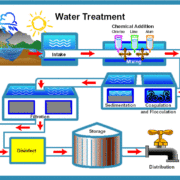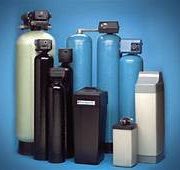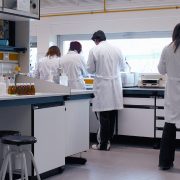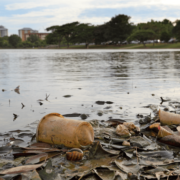While the United States of America contains some of the safest drinking water in the world, our consumers should know the process behind community water treatment. These sites mostly provide surface water treatment. If you need specialized work, you should consider buying a unique water filter for your home or business.
The more you understand can help protect your family from waterborne germs and pathogens that do run through people’s water supplies. In recent memory, there was a case of e.coli affecting the well water at CLIMB works in Sevier County.
COMMUNITY WATER TREATMENT: 4 STEPS
1. Coagulation and Flocculation
In the community water treatment facility, their workers add positively-charged chemicals into the water supply. These positively-charged chemicals react to dirt and particles in the water and that binds the two particles together so they coagulate. When these bigger particles form, they’re called floc.
2. Sedimentation
The floc becomes heavy so it drifts to the bottom of the water supply for ease of separation. This process makes the floc easier to remove compared to the original smaller particles when workers continue into water filtration.
3. Filtration
As a result, the community’s water supply becomes clear on top. The water, then, passes through filters of different compositions like charcoal, gravel, and sand, and different pore sizes to remove dissolved particles. These particles can include dust, parasites, bacteria, viruses, and chemicals that one doesn’t want in their drinking water.
4. Disinfection
The workers will proceed to throw in a disinfectant into the filtrated water supply. For example, the popular choices are chlorine and chloramine, which kills any left-over germs so you can have safe drinking water. While there are safe levels of drinking chlorine in your community water, there are scientists who study the long-term, negative effects of drinking chlorine.
Why Should You Get a Home Water Treatment Unit?
When you purify your water with a home filtration system, you protect your family and friend from harmful toxins. You’ll find that extra chemicals, bacteria, and chlorine does get through community water treatment sites. Even if the United States Environmental Protection Agency (EPA) provides regulations, they don’t inspect for all contaminants.
If you have a person in your home who has a compromised immune system, it’s best you don’t take the chance for them to fall ill, due to an unclean water supply. The right water filtration system protects your health and makes your drinking water taste great.

